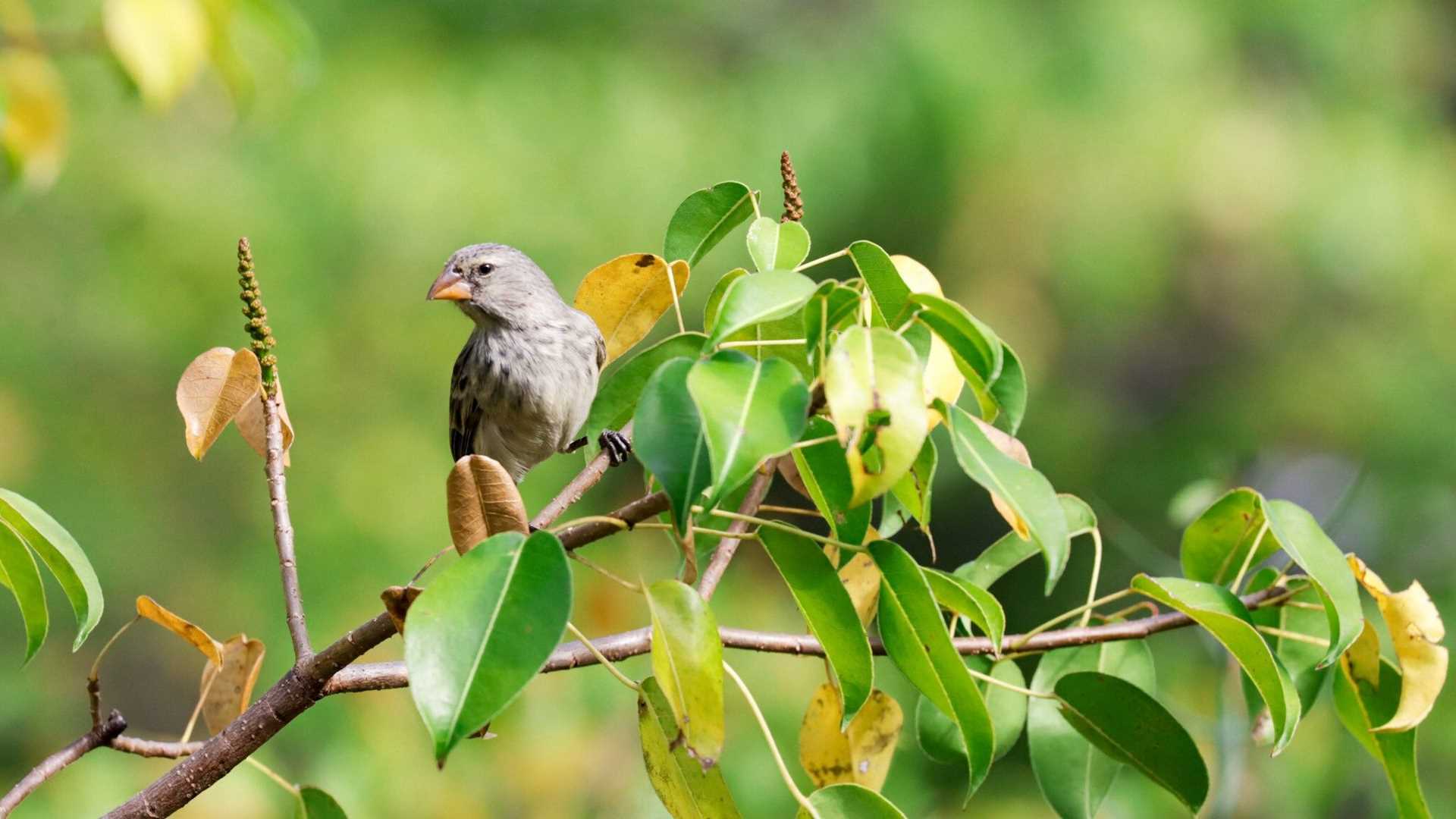Today is our second day in the western region of the Galapagos. We started the day in Urbina Bay, which is located on the western coast of Isabela Island. This site is well known for its unique geological features, including a marine reef that was uplifted during a volcanic eruption in 1954. Our guests visited this uplifted area and witnessed the amazing wildlife that has established itself over the past 70 years.
During our hike, we saw land iguanas, finches, and four giant tortoises from Alcedo Volcano. These tortoises are the largest giant tortoise species in the Galapagos. The males can weigh as much as 550 pounds!
After our hike, we jumped in the ocean for a swim with Galapagos penguins. We had a great morning on land and on board. One of the naturalists gave a talk about the human history of the Galapagos when we returned from the island. For lunch, we enjoyed a great Ecuadorian meal.
During lunch, we navigated to Tagus Cove, situated on the western coast of Isabela Island. The natural harbor was used by pirates and whalers as an anchorage. Today, it is a popular tourist destination where visitors can hike to a viewpoint overlooking the cove to see graffiti left by past visitors on the cliffs. Here we kayaked, snorkeled, and took a Zodiac tour.
The two most emblematic species that we saw today were Galapagos penguins and flightless cormorants. We came all the way to the western side of the Galapagos to see them. Galapagos penguins (Spheniscus mendiculus) are one of the smallest penguin species in the world and the only penguin species found north of the equator. They are endemic to the Galápagos Islands and are primarily found on Fernandina Island and Isabela Island. Galapagos penguins have adapted to warm weather and tolerate the warm waters surrounding the islands. They feed on small fish and are known for their distinctive appearance with black and white plumage.
Flightless cormorants (Phalacrocorax harrisi) are another unique species found in the Galápagos Islands. They are the only cormorant species that has lost the ability to fly. Instead, they have evolved to be excellent swimmers and divers. Flightless cormorants are restricted to a few locations in the Galápagos, including Fernandina Island and the western coast of Isabela Island. They have a distinct appearance with black feathers, turquoise eyes, and bright red facial skin.
We ended a day spent admiring these wonderful creatures with an amazing sunset. This afternoon, we said goodbye to the western region as we continue our journey to the central islands. After admiring great colors and light, we returned on board to enjoy our recap sessions and a delicious dinner!







